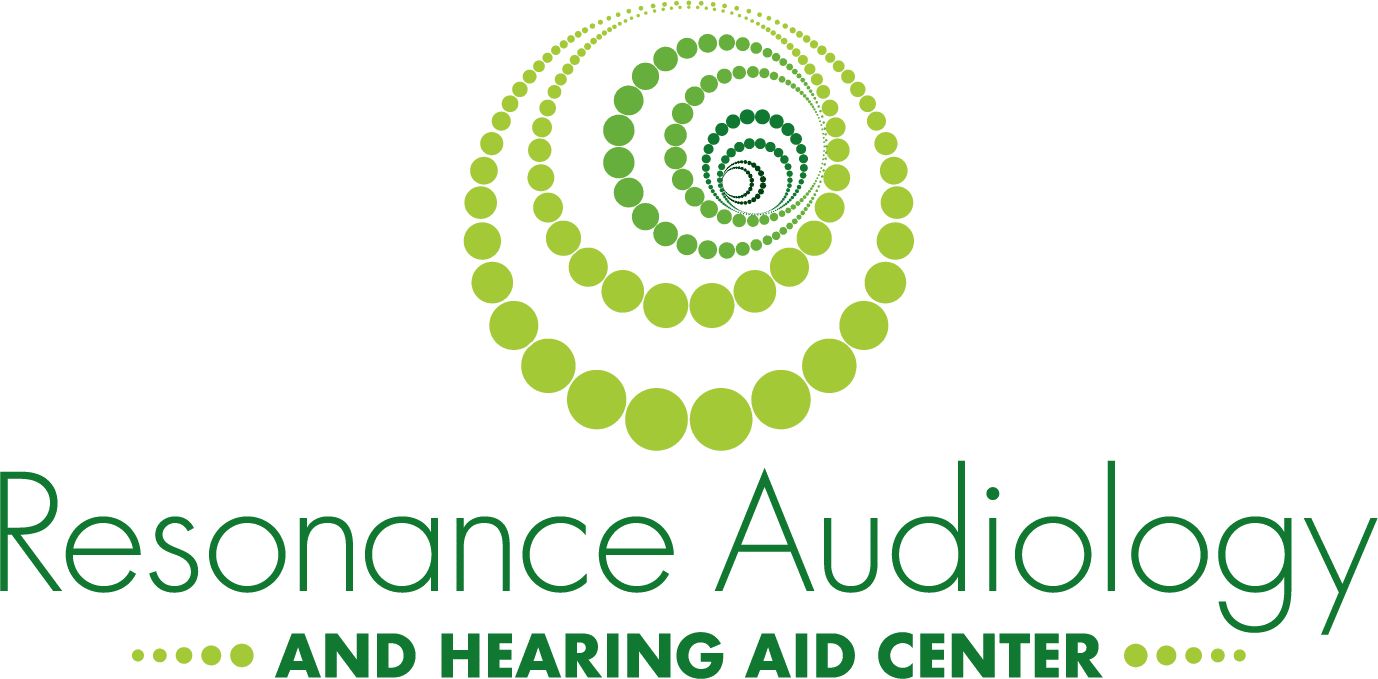What Does “Normal” Hearing Really Mean?

Perhaps you’ve had a hearing test before, and were told you had normal hearing; but, lately your hearing seems to have changed for the worse and you wonder if you no longer have normal hearing. Maybe you’ve never had your hearing tested, and wonder if for your age your hearing is still normal. Or, you simply wonder what exactly does it mean to have normal hearing?
What Does “Normal” Hearing Really Mean?
By definition, “normal” hearing is the absence of hearing loss. To understand “normal” hearing, the first thing to understand is the “audiometric zero” – the level of a pure tone of a given frequency that is minimally detectable (known as thresholds) by a person with normal hearing.
Here’s how the audiometric zero was established: researchers tested thousands of people at the 1933 World’s Fair, then took an average of the lowest level that participants could hear at particular frequencies. The result became a standard for what determined “normal hearing” and what determined hearing loss, from which a standardized formula to determine whether a person has hearing loss was created.
Humans and animals hear by “catching” vibrations caused by sound waves in the air, or in some cases, the ground and water. The number of sound vibrations emitted per second is referred to as the frequency, which is measured in hertz (Hz). The lower the frequency, the lower the pitch of the sound; and the higher the frequency, the higher the pitch of the sound. Loudness is measured in decibels (dB).
Normal hearing range is from 0 dBHL (Decibel Hearing Level), which is the audiometric zero, to 20 dBHL. Any threshold, at any frequency, that is over 20 dBHL is identified as hearing loss.
Though a ‘normal’ audible range for loudness is 0 – 180dB, anything over 85dB is considered damaging for our hearing.
Typically, the younger we are, the better we hear, and a healthy young person will have a hearing frequency range of about 20 to 20,000Hz. As we age, it’s the upper frequencies we lose first; by the time we are middle-aged, we can expect to hear up to around 14,000Hz.
The table below shows one of the more common systems used to classify hearing levels, the numbers being representative of a patient’s range of hearing levels in decibels (dBHL).
Normal Hearing: –10dB to 25dB
Mild Hearing Loss: 26dB to 40dB
Moderate Hearing Loss: 41dB to 55dB
Moderately Severe Hearing Loss: 56dB to 70dB
Severe Hearing Loss: 71dB to 90dB
Profound Hearing Loss: 91dB+
Hearing loss is one of the most common health problems in America that almost 50 million of people suffer from to some degree, and it can negatively affect almost every aspect of someone’s life, regardless of age.
To assess hearing ability, tones and words are used. Part of the hearing test involves listening to a series of tones at different intensity (volume) levels measured in decibels and at different frequency (pitch) levels measured in hertz. Words are presented at a volume level loud enough to hear the word and at volume levels that decline in loudness. Your responses will provide an overall picture of your hearing threshold levels.
At Resonance Audiology & Hearing Aid Center, LLC, we encourage people to invest in their wellbeing by getting tested. Get a free consultation about hearing aids with our expert doctors today, and also pass this information on to family and friends who may be avoiding the issue of their hearing loss and encourage them to do the same.
And if there are any hearing difficulties, rest assured there’s an array of cutting-edge, wireless hearing aids that can provide solutions, increase efficiency, and enrich your life.
When searching for top Lancaster audiology services, trust our audiologists to support you with the most comprehensive hearing evaluations and superior hearing healthcare and solutions for you or your loved one – call us at: 717.925.6112.
